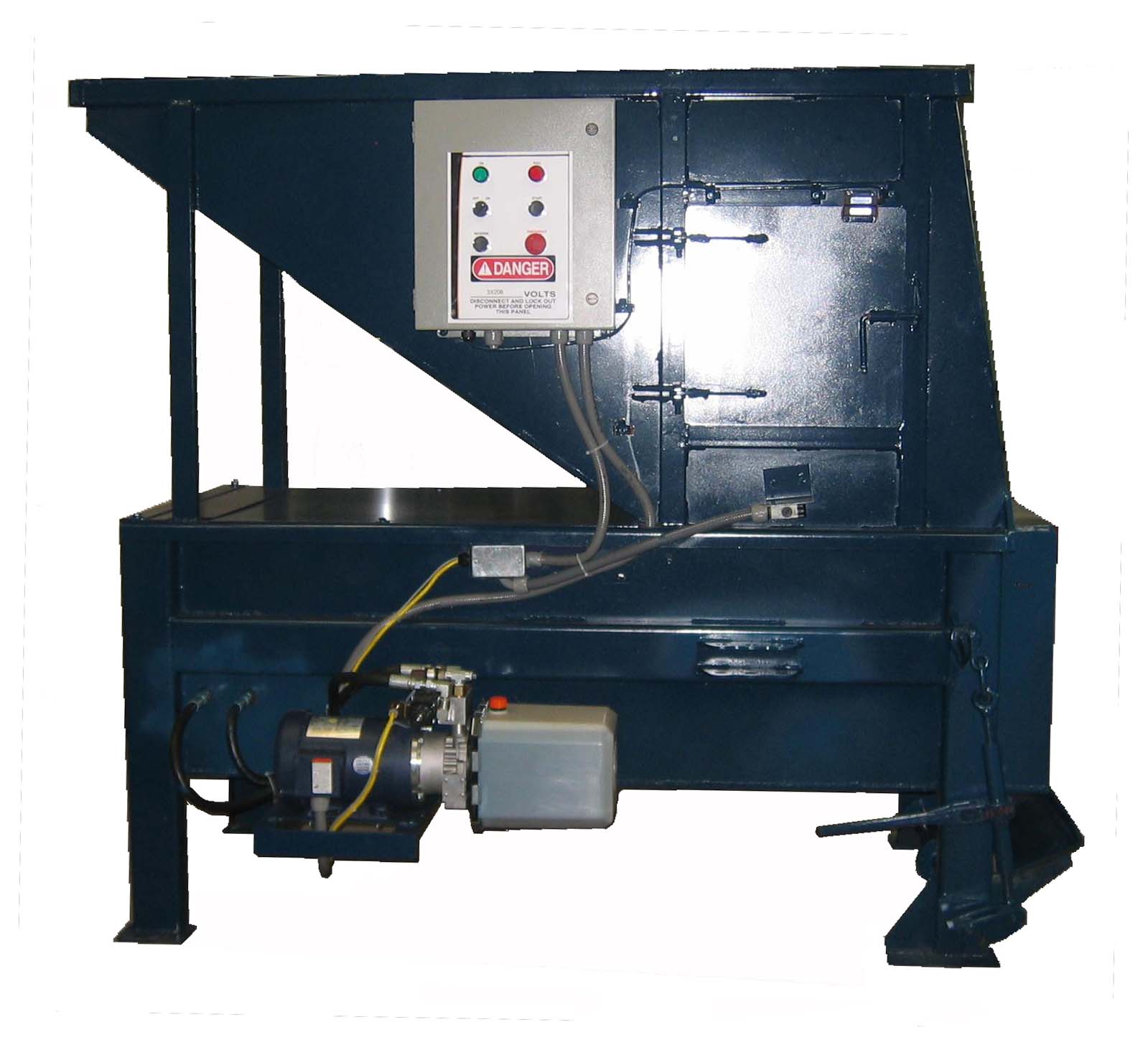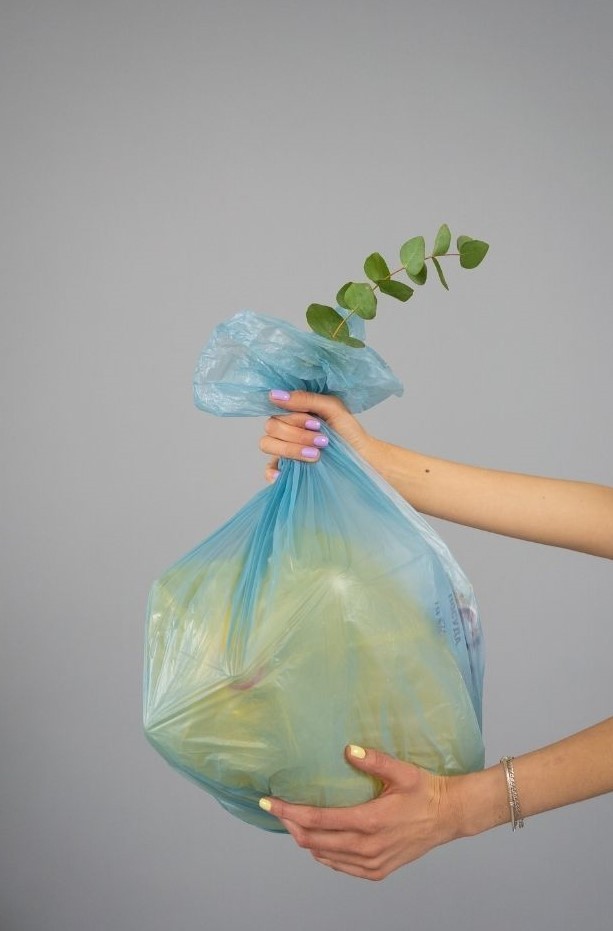
A compactor takes the impact of bags falling down
The floors and the bins in a garbage room get cleaned often, but what is often forgotten is the compactor itself. It is full of small angles and hard to reach places so it’s no surprise it does not get done as often. There are a few simple steps to cleaning a compactor – it doesn’t have to be daunting.
The compactor is generally the first thing that the garbage touches on its way to the bin, the bags come flying down from high floors and bounce off of the flaps or the bottom of the compactor to find their way into the bin. This can lead to some bags breaking and dirt and grease building up, which cause odours. If bags are not closed well they can break as well.

The most important steps are for safety
The first step to cleaning the compactor is to lock the system down. This is important for safety to make sure nothing comes down while working in the area. Shutting the compactor down on a regular schedule makes it easier for residents to remember that maintenance is being done.
Then, check the degreaser you plan to use for WHMIS symbols and get the appropriate PPE.
Save time by considering the order of cleaning
Always clean from top to bottom. That way you will not have to clean anything twice. In the compactor rooms this means:
- chutes
- compactor
- bins
- floors
The type of degreaser and applicator determine how hard this will be to complete
The process for cleaning a compactor depends on the quality of the degreaser being used. For more about degreasers read Evaluating degreasers: what you need to know . If the one available requires scrubbing, the process will be awkward. Try to use one that can be sprayed on then rinsed off to make cleaning the compactor easy
Next steps
cWhen the system is locked out the first step is to remove the bins. Clearly, a convenient day to do this is pick-up day since the bins must be changed anyway.

Now, apply degreaser to the compactor. We recommend using a metering applicator that mixes the degreaser to the correct strength so that none is wasted. If you use one that foams as well it is easier to see exactly which parts have degreaser applied to them and which parts still need to be sprayed. Also the foam allows the degreaser to spend more time in contact with vertical or the undersides of panels and the bubbles in the foam act as miniature scrubbers which help the process. Once the degreaser has been left in place for the amount of time the manufacturer suggests, it’s as simple as rinsing it off.
If you are using a degreaser that needs to be scrubbed there are a few extra steps. After applying the degreaser you need to get out a brush and start scrubbing and scraping the walls and sides of the compactor. This means standing underneath the area you are cleaning which is a dirty job. It also can mean working on ladders in order to be able to reach different parts in order to have the strength to scrape the sides. Once this is done, rinse the compactor clean.
The last steps matter
The last steps are to clean up the floor and dry it with a squeegee. Place the bins back in and then turn on the compactor.
It is important to clean the compactor at least once a week. After all, it’s the first contact with the garbage on the way to being dumped and consequently it starts to smell. Since air flow goes up the chute from the compactor this odour goes up with it. For the physics of this see Ugh…Why Does the Chute Room Smell Disgusting? Since dirt and grease can build up, regular washing makes the job easier than doing this occasionally.
